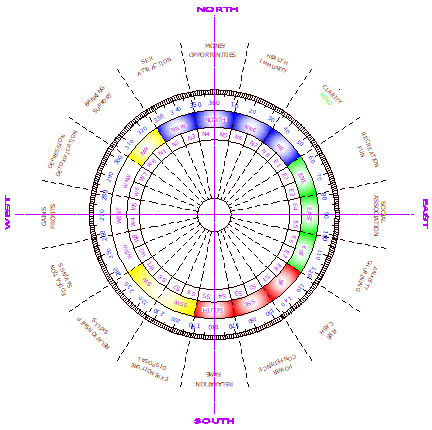Autocad Vasu Circle
Training & Consultation
Auto Cad DWG File
The layout of the Vastu Purusha Mandala is divided into several squares, each representing different aspects of life and corresponding to specific directions. The center of the mandala is considered sacred and represents the core of the cosmic energy. Exact Measurements can be done with the help of this Aucadd file. Center (Brahmasthan): This is the central square where the cosmic energy is believed to reside. It's typically left open without any construction and is considered sacred. Directions: The eight directions (North, South, East, West, Northeast, Southeast, Southwest, Northwest) are each associated with different deities and aspects of life. Each direction has its own significance and guidelines for construction and placement of rooms, entrances, and other architectural features. Zones: The Vastu Purusha Mandala is divided into various zones, each associated with different aspects of life such as health, wealth, relationships, etc. The placement of rooms and functions within these zones is guided by Vastu principles to promote harmony and well-being. Measurements: While there are traditional measurements mentioned in Vastu texts, modern practitioners often adapt these guidelines to fit contemporary architectural practices. The measurements are typically based on the size of the central square, with proportional dimensions for other squares and zones. This drawing can be imposed on plans and exact mesurements can be done.

Advanced Vastushastra
Nanjappa (International Vastu Trainer & Coach
- Contact Us: Ph / Form / Whatsapp
- Phone : 91 9980256408
- Maha Vastu Plans , Vastu Remedy Sofware , Autocad Vastu Circle and many more...
- Service : Bangalore, India & Abroad
